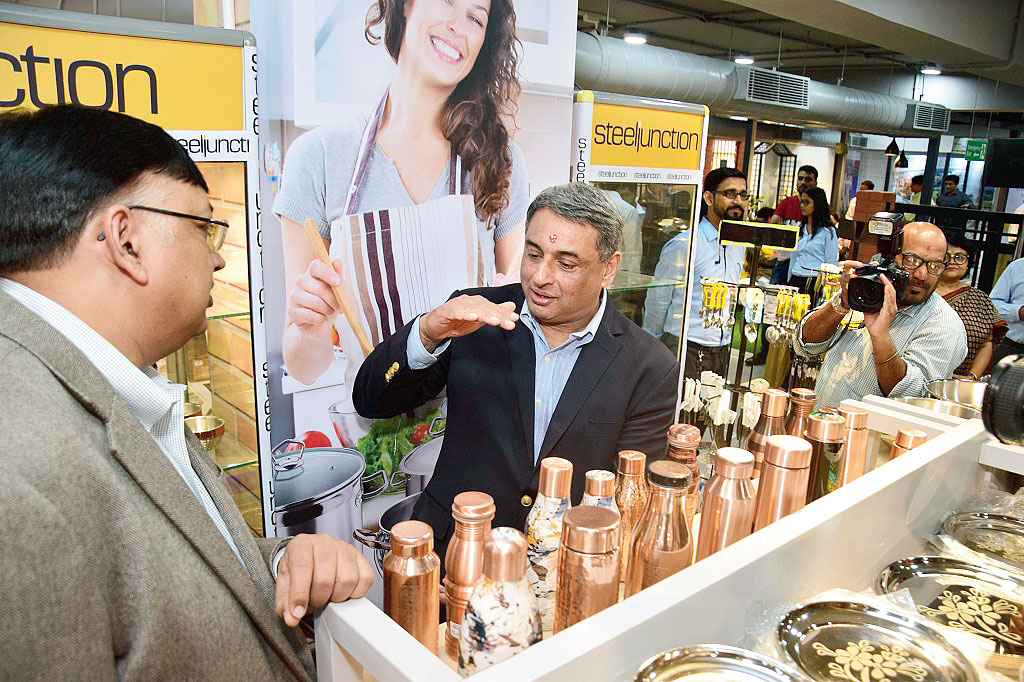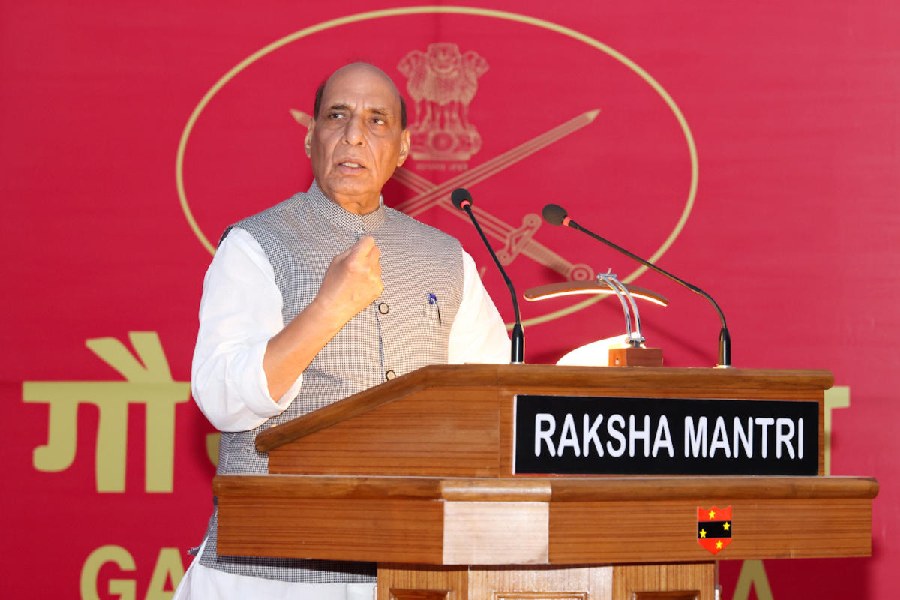Tata Steel will cut back its capital expenditure by a third in this financial year on the back of muted demand for the alloy in India and abroad.
The company had planned to spend Rs 12,000 crore in India and Europe to expand capacity, invest in downstream units and take measures to improve efficiency. While Rs 8,000 crore was earmarked for India, European facilities were to see an investment of Rs 4,000 crore.
T.V. Narendran, managing director and CEO of Tata Steel, said the capital expenditure would come down to Rs 8,000 crore.
“Both sides (India and Europe) will take similar cuts but I do not want to comment on who will get what. It is still being worked on,” Narendran said.
A majority of the capex in India is for expansion at the Kalinganagar unit in Odisha, where the company is adding 5 million tonnes to raise the plant’s capacity to 8 million tonnes .
India’s largest private sector steel maker had set a target of completing the project by March 31, 2022.
Narendran, who was in Calcutta to inaugurate a revamped steeljunction store, a retail outlet selling various steel products and solutions, said they were still trying to stick to the deadline.
“We will recalibrate the capex to prioritise some of the facilities such as the cold-rolling mill and the pellet plant at Kalinganagar,” he said.
While the cold-rolling mill will get value-added steel, the pellet plant will bring down costs without pushing volumes.
In Europe, the capex was for making the plants in the UK and the Netherlands more cost-efficient.
The revised plan follows a slump in steel demand and prices which has affected the cash flows.
Profit tanked 63.7 per cent in the first quarter of 2019-20 on the back of a sluggish demand in the auto and construction sectors in India, leading to a drop in prices. The company had said that apparent steel demand was down 3 per cent on a quarter-on-quarter basis.
Narendran said he was optimistic of a demand pick-up in the second quarter, which is usually better for steel consumption than the first. Construction activities pick up during winter, while auto demand may see an uptick if consumers rush to buy BS-IV models by the end of March 31, 2020.
Moreover, the Centre also promised to offer incentives for real estate and the auto sector.
The company hopes that measures such as the refurbished steeljunction store, which brings products and home solutions closer to retail customers, will help it grab a bigger pie of the business.
Group simplification
Tata Steel has undertaken measures to simplify the group structures in Europe and India.
There are over 300 legal entities in Europe, some of which are more than 150 years old. The company plans to bring this down by 100-120 this year.
In India, the group companies of Tata Steel will be re-organised into four verticals — long products, downstream, mining and infrastructure and utilities.
“As Tata Steel becomes larger, so will the subsidiaries. They will have scale,” Narendran said, explaining that the move will unlock operational and synergy benefits, apart from scaling up operations.
As part of the plan, Tata Sponge is being readied as a long-products company. It recently acquired the steel business of Usha Martin. It is also being renamed as Tata Steel Long Products Ltd. Similar proposals will be taken to the board for the other three verticals as well.











